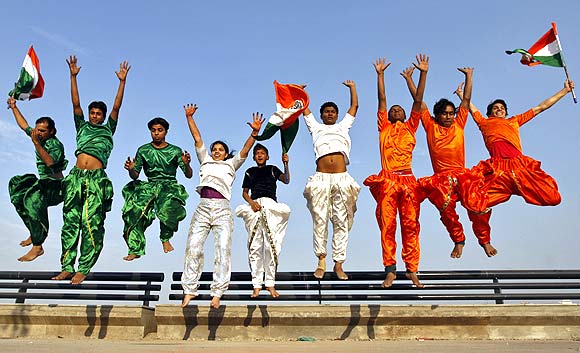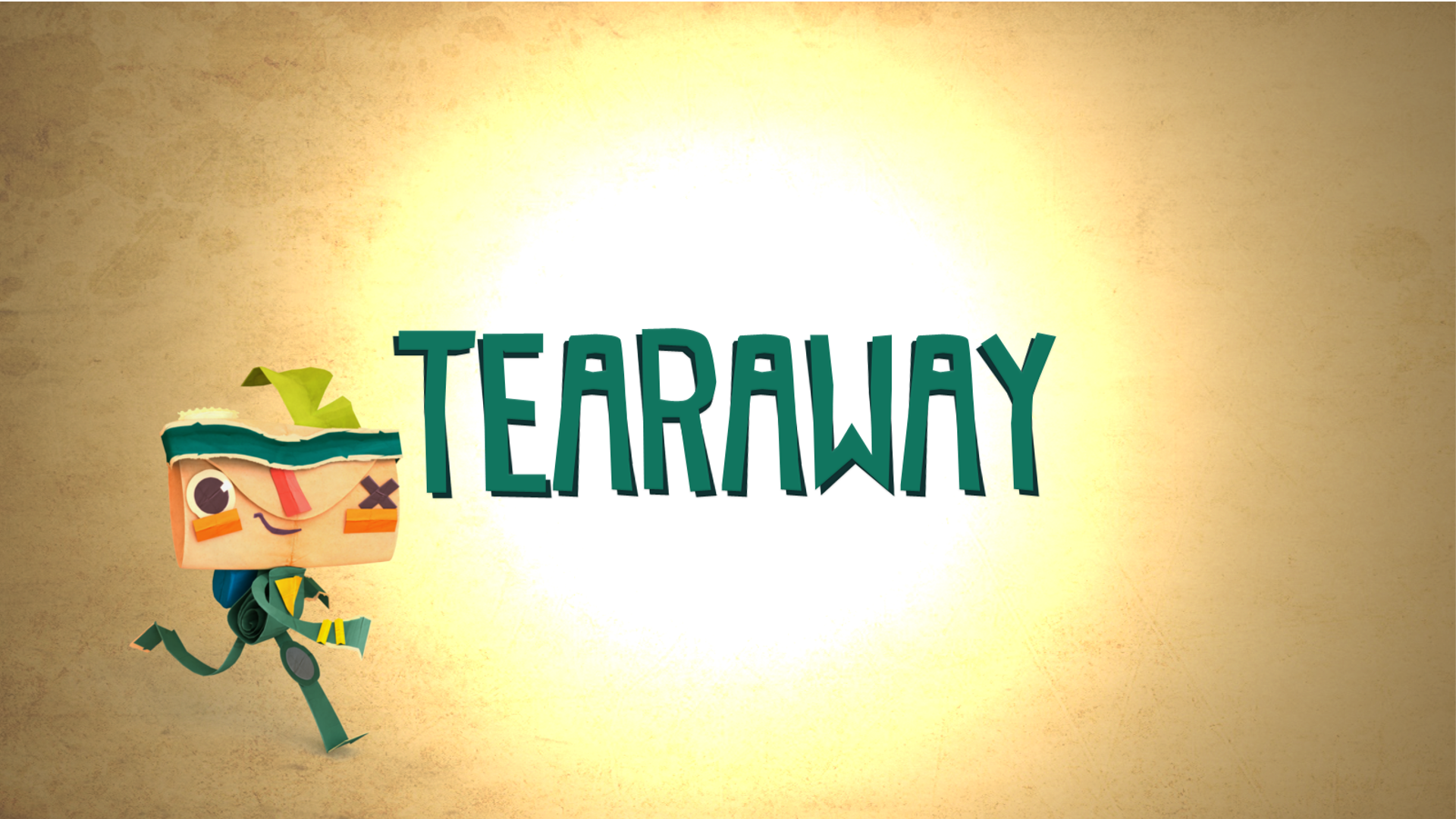Indian
gold demand has grown 25 per cent despite 400 per cent price rise of the rupee
in the last decade. Research reaffirms India as a key driver of global gold
demand, expects increase by over 30 per cent in real terms.
The World Gold Council research
shows that by 2020 cumulative annual demand for gold in India will increase to
excess of 1200 tonnes or approximately Rs. 2.5 trillion, at current price
levels.
India’s continued rapid growth which
will have significant impact on income and savings, will increase gold
purchasing by almost 3% per annum over the next decade. In gold terms, India is
a market with significant scale. In 2010, total annual consumer demand reached
963.1 tonnes. As seen in the last decade, Indian demand for gold will be driven
by savings and real income levels, not by price.
India’s role as a key driver of
global gold demand is reaffirmed by the research:
·
At
more than 18,000 tonnes, Indian households hold the largest stock of gold in
the world.
·
Gold
purchases in India accounted for 32% of the global total in 2010
- The
CMIE forecasts that India’s annual real GDP will grow at over 10% from
2010-15, before slowing to an average rate of around 8.4% until 2020
- The
vast majority of the Indian population (70%) live in villages, which have
traditionally formed the source of more than two thirds of Indian gold
demand
- This
sector has been growing at less than 1% per annum but is projected by CMIE
to grow in future at over 5% per annum, further fuelling gold demand.
·
India will remain pivotal to the global
gold market. In the Indian culture, gold is an integral part of daily life
where purchase of gold jewellery is considered as a form of a liquid and
tradable investment for the accumulation of wealth. It is important to
highlight that in analyzing the gold market in India, traditional perception of
the division between jewellery and investment demand and demand drivers do not
apply.
As
consumers have just adjusted their price expectations upward, a further rise in
gold jewellery and investment demand could be anticipated and this trend is
projected to continue over the long-run as local investors are buying gold
driven by wealth accumulation motive.
The
fact that Indian gold jewelley and investment demand remains robust, despite
the rising price emphasizes the enduring demand among local consumers to
purchase gold driven mainly by its allure as a jewellery and its properties as
a hedges to offset the effects of depreciation and erosion of both saving and
income. The country currently has one of the largest saving rates in the world;
estimated at around 30% of total income, of which 10% is invested in gold.
Continued rapid economic growth and urbanization will create greater wealth but
also inflationary pressures stimulating gold demand.
Table 1: India gold market as a %
of global gold market, tonnage terms (2012)
PARTICULARS
|
%
GOLD MARKET OVER GLOBAL MARKET
|
ANNUAL DEMAND
|
14.75
|
ABOVE GROUND STOCK
|
11
|
RECYCLED GOLD
|
07
|
CENTRAL BANK HOLDING
|
1.9
|
ANNUAL MINE SUPPLY
|
0.2
|
Analysis:
The
above table shows the percentage of India’s gold market as a percentage of
global market. It shows the annual demand, above ground stock, recycle gold,
central bank holding and annual mine supply which India accounts globally.
Seasonality
Aggregate
Indian gold demand has an underlying seasonality. However, demand in each state
seems to be dedicated by its own marriage, monsoon and harvest season. The
Hindu calendar is marked by a series of religious festivals and auspicious
occasions by buying gold which are unique to each individual state. Similarly
there are a number specific days that are considered inauspicious for gold
purchases. Based on historic trends, the most active gold buying period is
during the winter wedding season, from beginning of September to March.
Although
there is no perfect rule of thumb to seasonality but based on observations it
is known that January, February, September and November have been the strongest
months for the rupee gold price.
Monsoon rains
Historically,
Indian gold demand has also been impacted by the monsoon rains. This is because
they provide the main source of water for more than half of Indian farms and
the return of rains boosts rural incomes. During the first half of 2010, news
of good monsoon season and weak stock performance partly set the scene for the
recent improvement in gold demand.
It
is assumed that local consumers and fabricators will increasingly be purchasing
or restocking on dips in the gold price rather than during the traditional
auspicious period, weakening the influence of seasonal factors. In the past,
local consumers have typically been reluctant to purchase gold during periods
of high volatility for fear that they buy and then find that the price falls.
However, the ongoing strengthening in the local gold price seems to have
increased price expectations among domestic consumers and may have encouraged
buyers to accelerate their purchases in anticipation of a further price
acceleration. For example, local consumers have recently been buying gold even
in inauspicious times such as Hindu’s Pitrapaksha period in order to avoid the
rush and potential rising price during the Navratri, Dhanteras, Diwali
festivals and the Non-Resident Indian wedding season later in the year.
RECYCLED GOLD SUPPLY
Since
1992, Indians have recycled an average of 92 tonnes of gold per annum. In 2009,
the supply of domestic recycled gold rose 29% to 116 tonnes while domestic gold
demand fell by 19%. Historically, recycling activity has been sensitive to
general economic conditions, the price of gold and price expectations. This is
attributable to the fact that gold functions both as savings and as a form of
money in India – i.e. gold is a tradable, liquid asset. However, amidst the
recovery in domestic gold market, a considerably higher price will be required
to stimulate another wave of recycling activity to flush out additional
supplies of old gold.
In
the long-term, we believe that recycling activity will continue to play an
important role in the domestic gold market especially given the substantial
estimated stock of over 18,000 tonnes owned in India. Sales of existing gold
assets given consumers the benefit of liquidity and recycled gold is also
expected to continue to provide flows of gold supply to meet demand.
The
following are the key empirical conclusions of the impact of key variables on
Indian gold demand:
·
Price has a statistically significant
impact on India’s gold demand, in the short-run as well as in the long-run. In
particular, the price of gold shows an inverse elastic relationship to gold
demand. At the same time, gold demand is significantly and positively
responsive to income, wealth, the “risk-free” real interest rate, global supply
conditions, personal income taxes and government capital expenditure.
·
A key feature of long-run gold demand is
that in terms of coefficient size, price elasticity is substantially higher
than the income elasticity and wealth effect individually. However, both wealth
and income have a positive effect on gold demand, this implies that in the
long-run growth of gold demand, income and wealth can counteract some of the
negative effects of rising gold prices.
·
Real income has a positive effect on
gold demand with different short-run and long-run effects. However, income
appears to have a slightly higher impact on short-term changes in demand than
it does in the overall long-term level of demand. Also, there is evidence that
gold jewelry demand is more elastic than fabrication with respect to price,
income and wealth effect.
·
Financial wealth, as given by real
equity prices, has a higher positive impact on gold demand in long-run than the
short-run. While equity price elasticity of gold demand is lower than price and
income elasticity, because of its frequency and fluctuations, it can also have
an important impact on gold demand.
·
Real yields on government bonds show an
inverse relationship to gold demand. Thus, gold serves as an alternative
instrument for savings. When analyzing gold jewelry demand and using
agricultural income, impact of interest rates turns lower, implying that gold
jewelry demand in rural areas may not be as sensitive to interest rates in
urban areas.




















